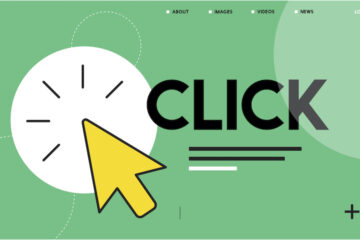

10 Essential UX Design Principles Every Designer Should Know
Introduction:
In the world of user experience (UX) design, creating exceptional experiences for users is paramount. To achieve this, designers need to understand and apply a set of fundamental principles that guide the creation of intuitive, engaging, and user-centered interfaces. In this blog post, we will explore ten essential UX design principles that every designer should know. These principles will serve as a solid foundation for designing delightful experiences across various digital platforms.
User-Centered Design: The user-centered design principle prioritizes the user in the design process. It entails grasping user needs, goals, and behaviors to develop interfaces that tackle their concerns and offer valuable solutions.
Consistency: Consistency is crucial for a smooth user experience. Designers must ensure consistency in visual aspects like fonts, colors, and icons, as well as in interaction patterns, terms, and navigation across various screens and interactions within a product.
Minimalism and Simplicity: The principle of minimalism advocates for simplicity in design. By eliminating unnecessary elements and focusing on essential features, designers can create clean and intuitive interfaces that reduce cognitive load, enhance usability, and promote efficient interactions.
Visual Hierarchy: Visual hierarchy refers to the arrangement and prioritization of elements on a screen. By using size, color, contrast, and spacing effectively, designers can guide users’ attention, highlight important information, and create a logical flow that enhances comprehension and ease of use.
Accessibility: By taking into account elements such as color contrast, compatibility with screen readers, navigation with keyboards, and content that embraces inclusivity, designers can develop digital products in a manner that enables effective accessibility for individuals with disabilities. This approach allows for creating inclusive experiences catering to a wide spectrum of users.
Usability:
Usability is a fundamental aspect of user experience (UX) design that focuses on creating interfaces that are intuitive, efficient, and easy to use. Usability ensures that users can interact with a digital product or service seamlessly, without frustration or confusion. It involves designing clear and understandable navigation, logical information architecture, and consistent interaction patterns. Usability testing and user feedback play a crucial role in identifying usability issues and refining designs to improve the overall user experience. By prioritizing usability, designers can enhance user satisfaction, reduce errors, and ultimately create interfaces that users find both enjoyable and efficient to use.
Feedback and Response: Providing feedback and response to users’ actions is essential for creating engaging experiences. Visual cues, such as loading indicators, success messages, and error notifications, help users understand the system’s response and provide a sense of control and confidence.
Emotional Design: Emotional design focuses on evoking positive emotions and creating a connection with users. By employing appropriate visuals, tone of voice, and interactions, designers can create experiences that resonate with users emotionally, leading to increased engagement and brand loyalty.
Flexibility and Adaptability: Designing for flexibility and adaptability allows users to customize their experiences to suit their preferences and needs. Providing options for personalization, adjustable settings, and adaptable layouts ensures that the interface caters to a wider range of user requirements.
Continuous Iteration: The principle of continuous iteration emphasizes the importance of refining and improving designs based on user feedback, changing requirements, and evolving technologies. UX design is an iterative process, and designers should embrace a mindset of constant learning, testing, and refinement.



